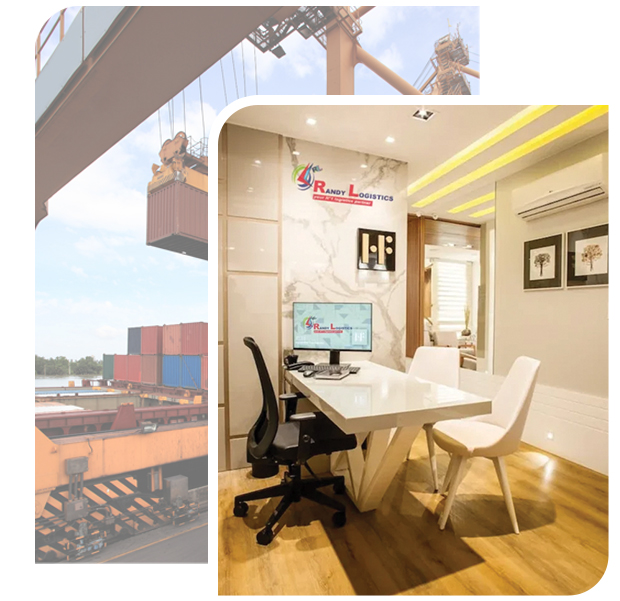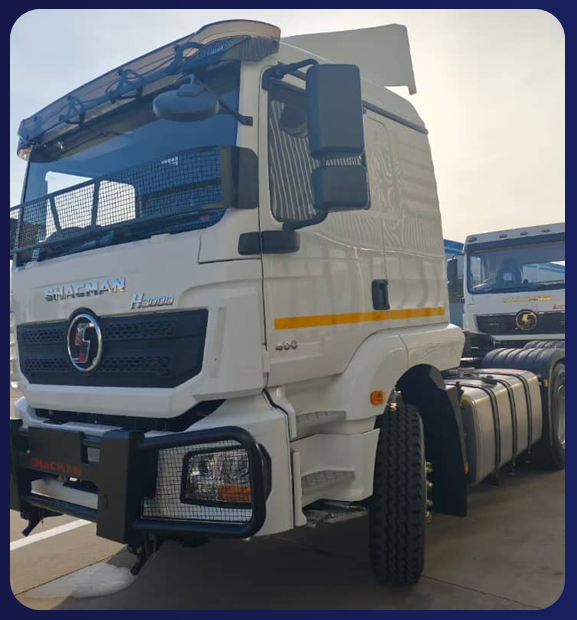Your No:1 Logistics Partner
• WITH RL, DELIVERY IS WITHOUT STRESS.
• AT RL, EXPIRENCE EXCELLENT TRANSIT SERVICES TO BANGUI-CAR, CHAD AND MALI.
Your No:1 Logistics Partner
• LET US TAKE THE WEIGHT OFF YOUR SHOULDERS.
• LOGISTICS THROUGH INNOVATION, DEDICATION, AND TECHNOLOGY.
Your No:1 Logistics Partner
• NOW SHIPPING BECOMES EASY WITH RL.
• WE DILIVER YOUR CARGO, WHENEVER YOU NEED IT AND WHEREVER YOU NEED IT.
Intermodal & Multimodal Transport
Intermodal & Multimodal Transport
• AT RL, WE ARE GLOBALLY CONNECTED, LOCALLY SATISFYING, AND CUTS ACROSS ALL LANDLOCK COUNTRIES IN AF
Your No:1 Logistics Partner
• OUR EXPERIENCE, YOUR ADVANTAGE.
• COMPETITIVE RATES, SAFETY, AND RELIABLE ON-TIME SERVICES.

![]() About Us
About Us
RANDY LOGISTICS LLC (RL) is a premier Freight Forwarding and Logistics Company in Cameroon, with a global footprint guided by a team of seasoned professionals. Our experts boast years of experience in managing and supporting supply chains for corporations worldwide.
We provide an array of logistics services to renowned global companies. Our award-winning portfolio of services is characterized by reliability, timeliness, cost-effectiveness, and tailored solutions that cater to the unique needs of our clients.
Registered as an importer/exporter and transit provider, RANDY LOGISTICS facilitates seamless trade with landlocked countries such as the Central African Republic (Bangui) and Chad.
Our extensive global network enables us to offer comprehensive logistics services under one roof. Additionally, our skilled team provides expert assistance in consolidation and warehouse management systems across ports worldwide.
Whether you're a business or an individual, RANDY LOGISTICS is your trusted partner for overseas shipping of personal effects, vehicles, and more.
Core Values
We are driven by a set of key core values. These values shape and define the character and culture of our company. They are a guide for all that we do:

FLEXIBLE: we have the ability to respond quickly to customer needs in delivery, support, and service.
INNOVATION: we adapt easily to changes to serve our customers in other to create greater value for them through continuous improvement of our services.
EFFICIENT: During operations, we make the most optimum use of our resources including financial, human, technological or physical to achieve our objectives.
RELIABLE: We are always there for our clients when needed at all times;
SECURE: We ensure and facilitate the safe management and movement of goods, information and other resources between a specific point of origin and its final destination.
Why Contact Us ?
Kindly send a detailed description of your shipment requirement to us. We shall respond within 24 business hours.
We are driven by a set of key core values. These values shape and define the character and culture
of our company. They are a guide for all that we do:

FLEXIBLE
we have the ability to respond quickly to customer needs in delivery, support, and service.

INNOVATION
we adapt easily to changes to serve our customers in other to create greater value for them through continuous improvement of our services.

EFFICIENT
During operations, we make the most optimum use of our resources including financial, human, technological or physical to achieve our objectives.

RELIABLE
We are always there for our clients when needed at all times.

SECURE
We ensure and facilitate the safe management and movement of goods, information and other resources between a specific point of origin and its final destination




03 November, 2025
Shipping from Asia and Oceania to South West Africa? A PSS Updates is coming up
13 August, 2025
U.S. Container Imports to Fall to 24.1M TEUs in 2025
11 August, 2025
Update on Port Congestion in Chittagong, Bangladesh
11 August, 2025
Update on Sea Cargo Manifest and Transshipment Regulations (SCMTR) in India
02 July, 2025
Freight demand is projected to be flat
24 April, 2025
27 March, 2025
India's Logistics Market Growth
19 March, 2025
23 March, 2025
Companies are increasingly adopting automated transportation technology trends to digitize workflows
"Randy Logistics, is the best company that we've worked with in Cameroon and i highly recommended them to you or your organisation."
Aminatou Y
"My shipments always arrive safely and on time with Randy Logistic. Their attention to detail and commitment to security make them the best in the business. Highly recommend"
Daniel K
"Their team is always responsive and helpful. From tracking my shipments to handling last-minute changes, they make everything hassle-free"
David
"Randy Logistics exceeded my expectations with their professionalism and timely delivery. The entire process was stress-free, and I felt confident knowing I could track my package every step of the way. They’re reliable..."
Erica A
"Randy Logistic has been a game-changer for our business. Their team is highly professional, and deliveries are always on time. We’ve never had to worry about delays or damaged goods. Highly recommended!"
Mark T
"Randy Logistic has been our go-to logistics partner for years. Their timely deliveries and professional service have helped our business run smoothly. Highly recommended"
Michael S
QUALITY OF WORK
1200+
Happy Clients
1000+
Projects Done
25+
Years Experience
20+
Awards